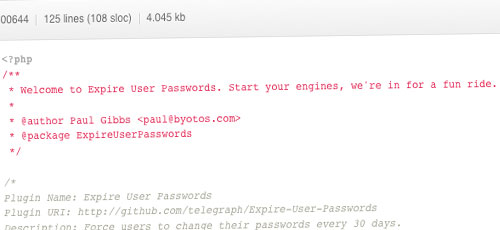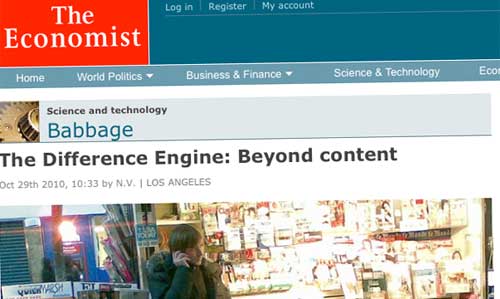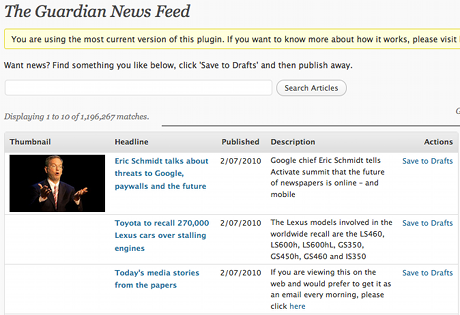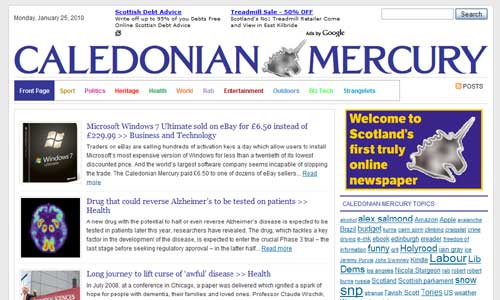
The Telegraph Media Group began embracing WordPress two and a half years ago: first its blogs were migrated over, then its My Telegraph community. They then began embracing WordPress people, hiring BuddyPress core developer Paul Gibbs, and hosting London WordPress meetups.
Now they’ve gone a stage further: releasing a WordPress plugin in the company name. Expire User Passwords has obvious applications in a more corporate environment: it’s a zero-configuration plugin which you simply install and forget about. Until you reach the 30-day expiry point, when you’re prompted to renew your password.
It’s available from the WordPress repository, where it’s owned by Paul and a new Telegraph user account. Or alternatively, they’ve just started making use of a Telegraph Github account which they seem to have registered two years ago.
Well done, Team Tele. Great to see a large corporate giving back to the WordPress community. I’d love to know how they got over the inevitable concerns about plugin support, liability and so on.



 For a few days now, I’ve tried following the BBC’s advice, by switching to the mobile interface. But it just didn’t do it for me. So I’ve taken matters into my own hands, and spent the last half hour ‘coding my own’. (And most of that time was just making look a little prettier.)
For a few days now, I’ve tried following the BBC’s advice, by switching to the mobile interface. But it just didn’t do it for me. So I’ve taken matters into my own hands, and spent the last half hour ‘coding my own’. (And most of that time was just making look a little prettier.)
